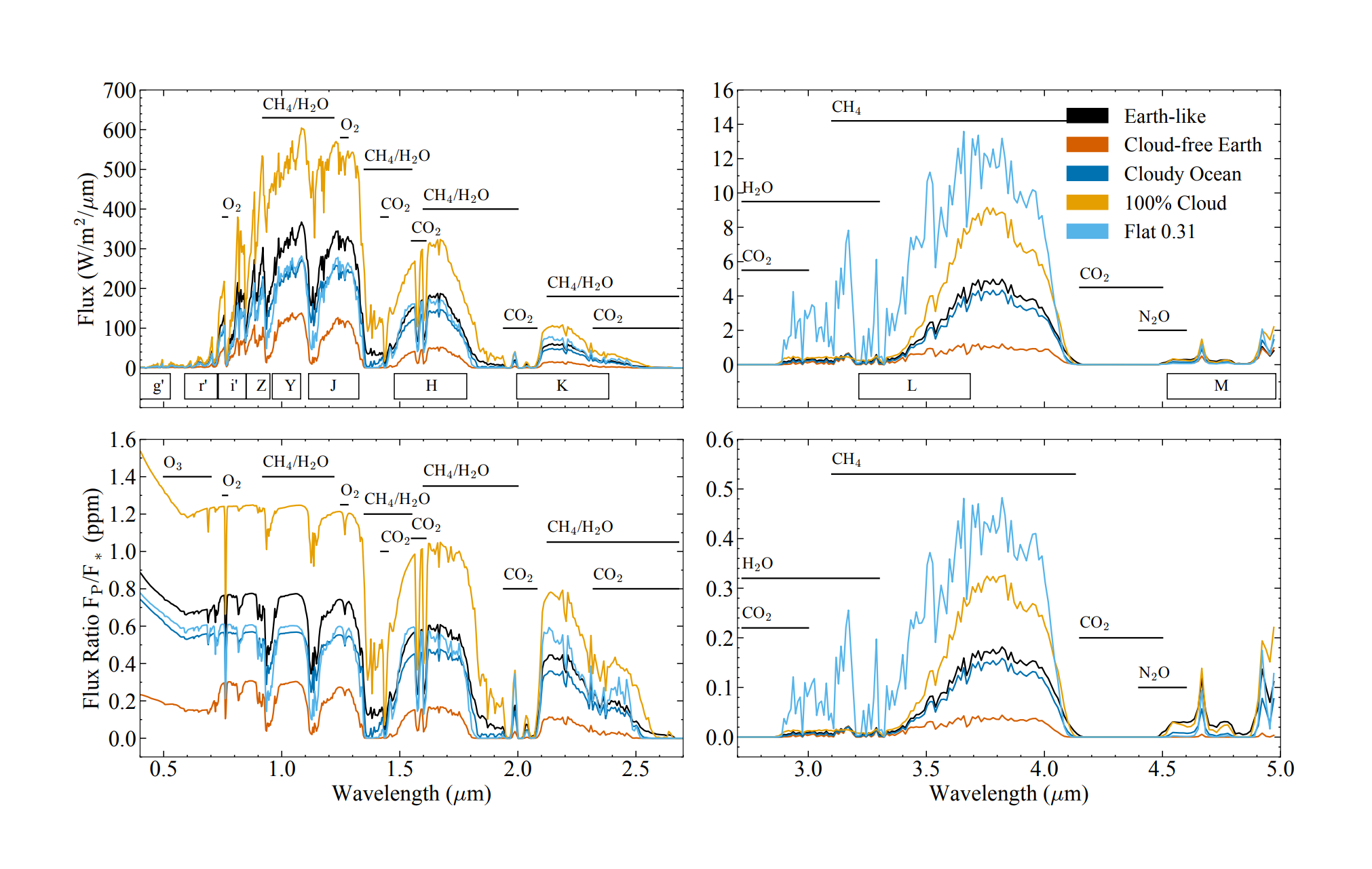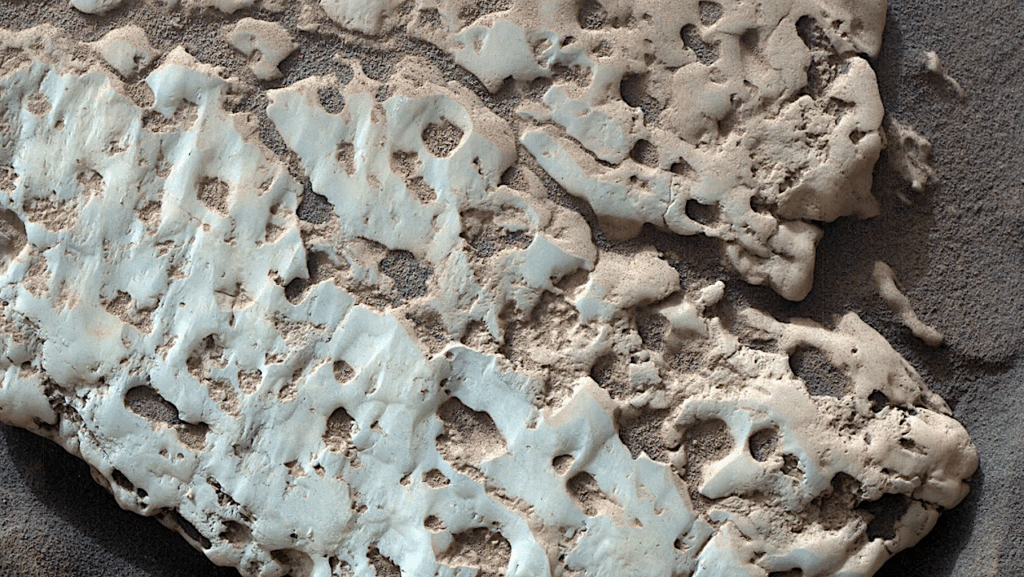High-Resolution Spectral Models Of TRAPPIST-1e Seen As A Pale Blue Dot For ELT And JWST Observations

Rocky exoplanets orbiting in the habitable zone (HZ) of nearby M dwarfs provide unique opportunities for characterizing their atmospheres and searching for biosignature gases. TRAPPIST-1e, a temperate Earth-sized exoplanet in the HZ of a nearby M dwarf, is arguably the most favorable target for ground- and space-based atmospheric characterization by the extremely large telescopes (ELTs) and the James Webb Space Telescope (JWST).
To inform future observations in reflected and emitted lights using these upcoming telescopes, we simulate the high-resolution reflection and emission spectra for TRAPPIST-1e for both modern and prebiotic Earth-like atmospheric compositions. To demonstrate the effects of wavelength-dependent albedo on climate and spectra, we further simulate five albedo scenarios for each atmospheric composition: cloudy modern Earth-like, cloud-free modern Earth-like, cloudy ocean planet, 100 per cent cloudy planet, and wavelength-independent albedo of 0.31.
We use the recent Mega-MUSCLES spectral energy distribution (SED) of TRAPPIST-1 for our models. We show that the O2 + CH4 and O3 + CH4 biosignature pairs as well as climate indicators (CO2 and H2O) show features in both high-resolution reflection and emission spectra of TRAPPIST-1e that the ELTs can search for. Our high-resolution database for modern and prebiotic Earth TRAPPIST-1e models with various surface compositions and cloud distributions provides a tool for observers to train retrieval algorithms and plan observation strategies to characterize this potentially habitable world.
Zifan Lin, Lisa Kaltenegger
Comments: 8 pages, 5 figures, 1 table. Accepted for publication in MNRAS
Subjects: Earth and Planetary Astrophysics (astro-ph.EP)
Cite as: arXiv:2209.02875 [astro-ph.EP] (or arXiv:2209.02875v1 [astro-ph.EP] for this version)
Related DOI:
https://doi.org/10.1093/mnras/stac2536
Focus to learn more
Submission history
From: Zifan Lin
[v1] Wed, 7 Sep 2022 01:35:14 UTC (3,006 KB)
Full paper: https://arxiv.org/abs/2209.02875
Astrobiology








